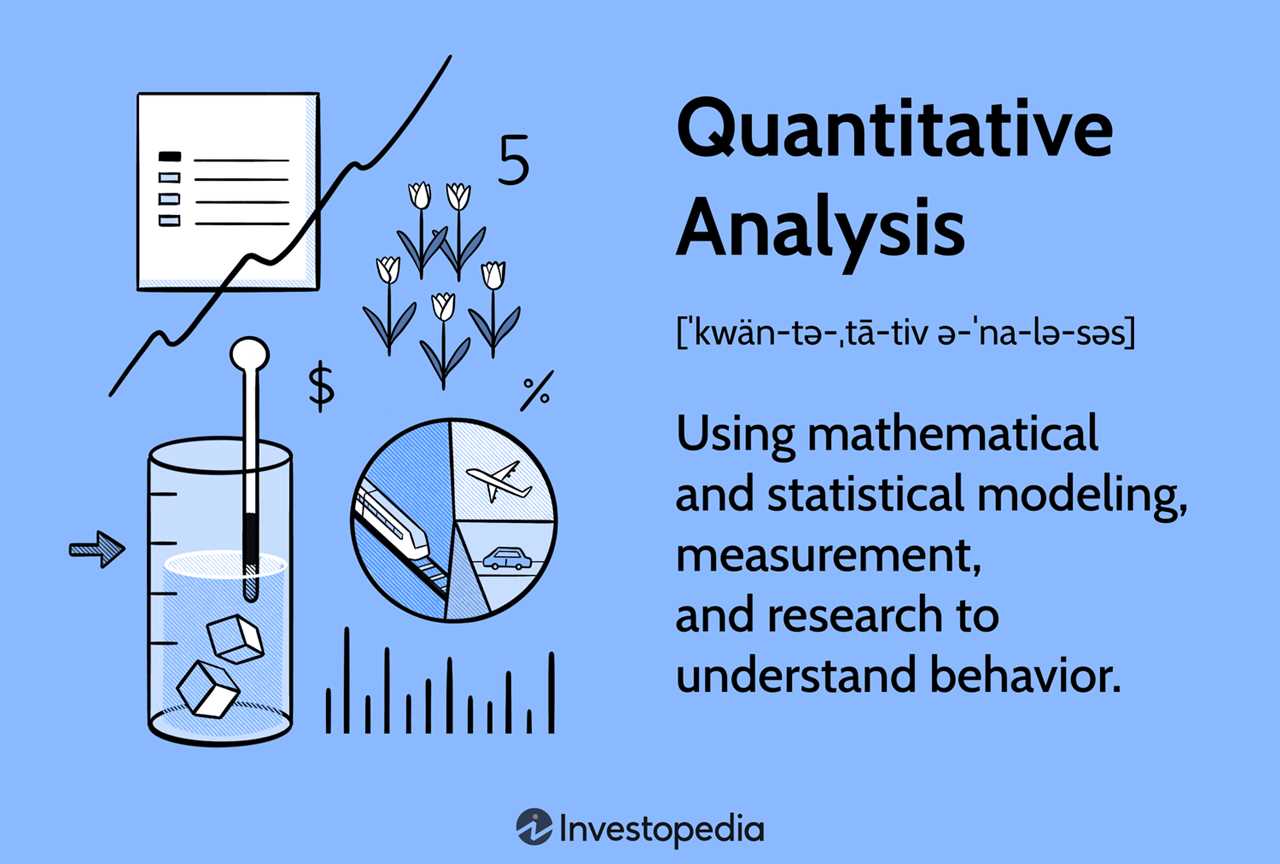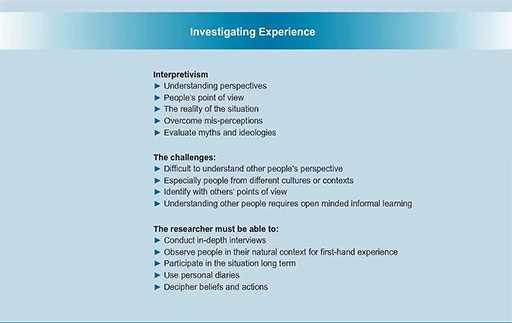The Purpose of Quantitative Analysis in Finance
Quantitative analysis plays a crucial role in the field of finance, as it provides a systematic and objective approach to analyzing financial data. The purpose of quantitative analysis in finance is to utilize mathematical and statistical models to evaluate and predict financial outcomes. By applying quantitative techniques, financial professionals can make informed decisions, manage risks, and optimize investment strategies.
1. Risk Management

One of the primary purposes of quantitative analysis in finance is to assess and manage risks. Financial institutions and investors use quantitative models to measure and analyze various types of risks, such as market risk, credit risk, and operational risk. By quantifying these risks, they can develop strategies to mitigate them and protect their investments.
2. Portfolio Optimization

Another important application of quantitative analysis in finance is portfolio optimization. Financial analysts and portfolio managers use mathematical models to construct portfolios that maximize returns while minimizing risks. Quantitative analysis helps in identifying the optimal asset allocation and rebalancing strategies to achieve the desired risk-return tradeoff.
3. Asset Pricing

Quantitative analysis is also used to determine the fair value of financial assets. By applying mathematical models, analysts can estimate the intrinsic value of stocks, bonds, derivatives, and other financial instruments. This information is essential for making investment decisions, such as buying or selling assets based on their perceived value.
4. Financial Forecasting
Quantitative analysis enables financial professionals to forecast future financial outcomes based on historical data and statistical models. By analyzing trends, patterns, and correlations, they can make predictions about market movements, interest rates, exchange rates, and other economic variables. These forecasts are valuable for making strategic decisions and formulating financial plans.
Applications of Quantitative Analysis in Finance
Quantitative analysis plays a crucial role in the field of finance, providing valuable insights and aiding decision-making processes. By utilizing mathematical models and statistical techniques, quantitative analysis helps finance professionals analyze and interpret financial data, identify trends, and make informed predictions. Here are some key applications of quantitative analysis in finance:
1. Risk Management
One of the primary applications of quantitative analysis in finance is risk management. By using quantitative models, financial institutions can assess and quantify various types of risks, such as market risk, credit risk, and operational risk. These models help in measuring the probability of potential losses and enable institutions to develop strategies to mitigate those risks.
2. Portfolio Management

Quantitative analysis is widely used in portfolio management to optimize investment strategies. Financial analysts employ quantitative models to construct portfolios that maximize returns while minimizing risks. These models consider factors such as asset allocation, diversification, and risk tolerance to create well-balanced portfolios that align with investors’ goals.
3. Trading Strategies
Quantitative analysis is extensively used in developing trading strategies. Traders utilize mathematical models and algorithms to identify patterns, analyze market trends, and execute trades. These models help traders make data-driven decisions, optimize trade execution, and manage risks effectively.
4. Financial Modeling and Valuation
Quantitative analysis is essential in financial modeling and valuation. Financial analysts use quantitative models to forecast future financial performance, estimate the value of assets and companies, and conduct sensitivity analyses. These models help in making informed investment decisions, assessing the financial health of companies, and determining fair values for securities.
5. Algorithmic Trading
Quantitative analysis is a fundamental component of algorithmic trading. Traders use quantitative models and algorithms to automate trading processes and execute trades at high speeds. These models analyze vast amounts of data, identify trading opportunities, and execute trades based on predefined rules. Algorithmic trading allows for efficient and precise execution, reducing human error and increasing trading efficiency.

Emily Bibb simplifies finance through bestselling books and articles, bridging complex concepts for everyday understanding. Engaging audiences via social media, she shares insights for financial success. Active in seminars and philanthropy, Bibb aims to create a more financially informed society, driven by her passion for empowering others.
